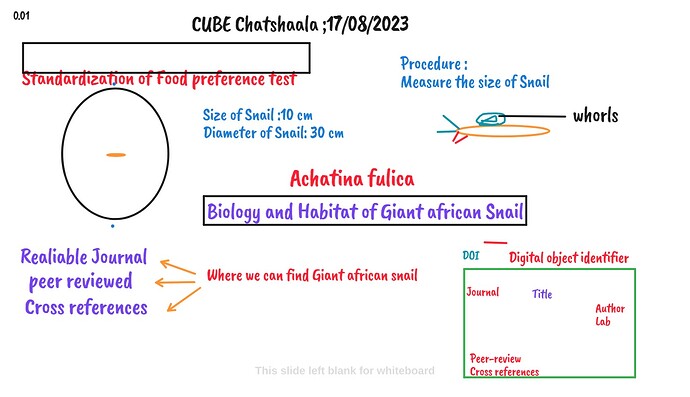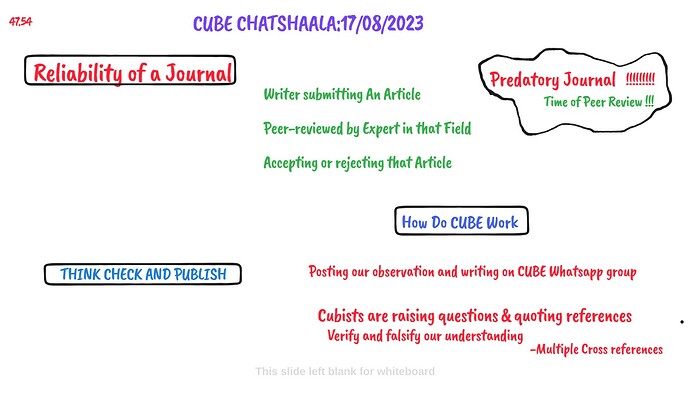In yesterday’s ChatShaala discussion on the standardization of food preference test for snail; we summarized the earlier discussion about how do we design experiments? How can we improve our Olfactometer instrument further? @TSVL777 @Theertha @Arunan @Abhi0703 @Shraddha276 @Himanshu
The complexity of the odours issue arises from the sensory nature of smell. From the evolutionary point of view olfaction is one of the oldest senses, allowing for seeking food, recognizing danger or communication: human olfaction is a protective sense as it allows the detection of potential illnesses or infections by taking into account the odour pleasantness/unpleasantness. Odours are mixtures of light and small molecules that, coming in contact with various human sensory systems, also at very low concentrations in the inhaled air, are able to stimulate an anatomical response: the experienced perception is the odour.
Developing an Instrument in Homelabs : Olfactometer
Later we came across a question that where do we get snails, and why are snails found only during monsoon, the rest of the year where do they go? @Arunan talked about his experience when he was working at HBCSE, TIFR campus. @Arunan saw some Giant African snails on the walls which were meticulously obsereved cubists like @Abhi0703 which made them think about where they go rest of the year; Is it Hibernation/ Estivation? so we can construct and develop in science based on our observation when we don’t find any evidence.
Later we came across Biology and Habitat of Giant African snail. Where do we find references for that? What is a Reliable reference?
What is Peer-Reviewing and how to rely on a good Reliable Reference?
Peer review typically refers to the process of evaluating and validating scholarly work, such as research papers, articles, or studies, by having experts in the same field review and critique the work before it’s published. This process helps ensure the quality and accuracy of the work. Relying on reliable references is crucial for ensuring the accuracy, credibility, and validity of the information we use in our research, writing, or decision-making. We can start by selecting reputable sources. These are usually well-established, respected, and recognized in their respective fields. Examples of reputable sources include peer-reviewed journals, academic books from established publishers, government publications, and well-known organizations. If unsure about the reliability of a source, we consider consulting experts in the field to get their opinion. We can check for cross references by checking the references cited in a source to verify the information’s accuracy and reliability.
We discussed about a Digital Object Identifier (DOI) which is like a special address for things anyone can find online, such as articles, papers, or books. Just like every house has its own unique address, every online document with a DOI has its own special code. This code helps you easily find that document again, even if the website or link changes. So, if you want to share an article with anyone, we can use the DOI to quickly show them exactly where to find it on the internet. It’s like a handy map to help you always find your way back to the same online stuff.
@Arunan explained how @jaikishan got an opportunity for Peer-Reviewing a journal. @Himanshu talked about Predatory Journal.
Predatory Journal
A predatory journal is a type of publication that pretends to be a legitimate scientific or academic journal, but it lacks the quality, integrity, and ethical standards expected of reputable scholarly journals. Predatory journals often prioritize profit over rigorous academic standards and may engage in deceptive practices to trick researchers into submitting articles and paying publication fees.
Here’s a simple explanation: Imagine you have a new story you want to share with the world. You find a journal that claims to publish stories like yours, but it’s not a real one. It asks you for money to publish your story, promising it will be seen by many people. However, this journal doesn’t care much about checking if your story is good or true. They just want your money. This is what we call a predatory journal – it looks real, but it’s not trustworthy, and it doesn’t follow the rules that honest journals do.
To avoid falling into the trap of predatory journals, researchers should carefully evaluate and choose reputable journals with a solid peer-review process and ethical publishing practices.
further @Himanshu suggested a website called as THINK, CHECK AND SUBMIT
The 3-step approach encourages researchers to ‘Think’ about whether the journal to which they are submitting their research is a trusted journal, to ‘Check’ the journal against a set of criteria to ensure it is right for their work, and to ‘Submit’ their work only if the journal adheres to certain standards and criteria.
http://thinkchecksubmit.org/
How does CUBE works?
We post our observation and writing in CUBE Whatsapp group which enables cubists to get help, idea, design or improve experiment from a school student to a phD person, everyone contributes and that’s how we do science. Evidence are crucial to convince audience on our claims. The work that cubists do is monitored by collaborators and people in group by raising questions and quoting references to verify or falsify our understanding. We go through multiple cross references and that’s how we build upon.

